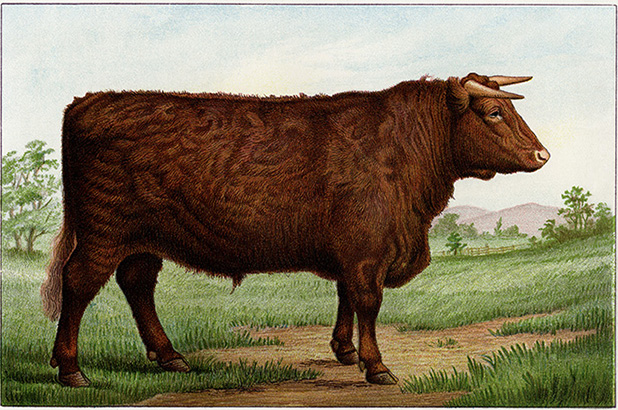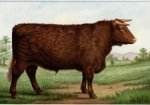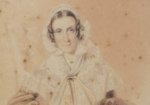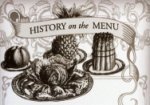This month marks the anniversary of a ‘grand fete’ hosted by William Charles Wentworth at his home at Vaucluse on October 21, 1831. A ‘fatted ox’ was paraded around Sydney, adorned with ribbons, with a promise that it would be barbequed next day on a spit, for all to enjoy. 4,000 Sydney-siders of all ‘descriptions’ joined the party.
The mood was electric!
In an act of political defiance, Wentworth was celebrating the departure of the unpopular Governor Ralph Darling (hence Darling Point, Darlinghurst, the Darling Downs and many of Sydney’s Darling Streets), who was due to return to England aboard the Hooghley, next day. Wentworth had campaigned long and hard to oust the governor, through the independent newspaper The Australian which he co-founded, (no association with the current Murdoch version) and Wentworth regarded Darling’s recall to England a triumph.
Rejoicing for General Darlings departure from New South Wales – Splendid Fete at Vaucluse – Brilliant Illuminations and other Joyous Festivities
On Wednesday last, upwards of 4,000 persons of both sexes and of all grades, assembled at Vaucluse to partake of Mr Wentworth’s hospitality and to evince their joy at the approaching departure…
The scene of the fete was on the lawn in front of Mr Wentworth’s Villa, which was thrown open for the reception of all respectable visitants, while a marquee filled with piles of loaves, and casks of Cooper’s gin, and Wright’s strong beer, was pitched a short way off, for the refreshment of all who preferred to bend their steps that way. On an immense spit, in another direction, a bullock was roasted entire. Twelve sheep were also roasted in succession; and 4,000 loaves completed the enormous banquet.
Local Spirit!
Brush up your hair, smooth down your chin!
Then take a vack of Cooper’s gin!!
If for your purse that is too dear,
then sip a Wright’s Australian beer.
(from a ditty published in Sydney Gazette, September 21, 1830 p4)
Wentworth was a staunch supporter of colonial enterprise, and particularly, ex-convicts who had ‘made good’ in the colony. Coopers colonial gin was the produced in the 1830s by Robert Cooper, a publican and distiller from London who was sent to Sydney as a convict in 1813 on a 14 year sentence for theft, but was given a conditional pardon in 1818. By 1830 he was a brewer, miller, baker and distiller. His gin was made from locally grown maize (corn) from the Hawkesbury district. Early batches were reported to have a ‘dingy hue’ but later efforts: ‘sparkled like spring water. For strength of spirit and excellence of flavour, we could discover in it nothing inferior – no not a jot – to the best Hollands.’
(Sydney Gazette, August 7, 1830 p2.)
‘An indescribable air of fascination’
The night being exceedingly fine, and the full orbed moon in all her majesty, an indescribable air of fascination was spread over the whole scene. By 7pm two immense bonfires were lighted on the highest hill. The blaze might be seen from Sydney, and the illuminations had a most brilliant and imposing effect. Surmounted by a Crown, and flanked by two stars of the first magnitude, there appeared the words, “God save the King” and “Down with the tyrant.” beneath. The last lamp was lighted up amid deafening cheers – several rustic sports of various sorts, speeches, &c.&c. whiled away the night, and morning dawned before the hospitable mansion was quitted by all its guests.
Ghost town
Sydney might be said to have been almost deserted; as in various directions not a soul was to be met with during the whole of the afternoon… Almost from day-break till dark, the South Head road was crowded by numerous parties in every sort of vehicle and on foot.
Colonial Times, November 23, 1831 p3
Further reading
‘Fete Champetre at Vaucluse’ Sydney Monitor 22 October, 1831
Andrew Tink, William Charles Wentworth: Australia’s greatest native son
This is a revised post, originally published as ‘A bullock roasted entire’ in association with the Farewell Darling! dinner at the Vaucluse House Tearooms in October 2015



